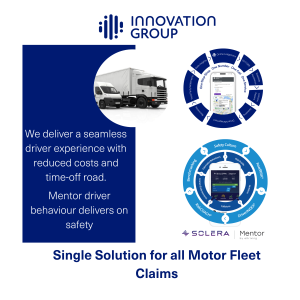The Victorian government’s new 40km/h road rule may have been in place for over a month, but many drivers still don’t understand the change.
The new rule, which was introduced on July 1, sees cars required to slow to 40km/h when passing emergency services that are flashing their lights or sounding an alarm. The rule effects drivers on both sides of traffic of a normal road, but does not apply for drivers on the opposite side of road that contains a median strip.
But many road users remain unaware of the rules and in which instances that they apply. Moreover there is concern that the new rules are likely to create traffic jams and potentially cause more accidents.
@VicRoads new 40km/h emergency rule is fine. But how long does one need to travel at 40 before and after? 100m? Push it out on TV mail etc..
— Craig (@craigoj85) June 25, 2017
I’ll just be doing 40km/h past every emergency vehicle. Even if they’re not stopped. I don’t know when not to do it. Best to be safe.
— ScoMan (@thisisScoMan) June 20, 2017
On the very first day of the rule change, a Hino truck driver rear-ended a small Toyota sedan in Bacchus Marsh, who had slowed down to 40km/h when passing an emergency vehicle. No one was seriously injured in the crash, but the Toyota was written off.
Photos supplied from the RACV, alongside some FAQ’s below hope to clarify to AfMA members the times that they do and don’t have to stop for traffic. While only in effect in Victoria at this stage, there are growing calls to see the rule introduced nationally.

Who do I have to slow down for?
Drivers must slow to 40km/h for all emergency vehicles that have flashing lights or a sounding alarm that are either stopped or “moving slowly”. This list currently includes:
- Victoria Police vehicles
- Ambulance Victoria vehicles
- Metropolitan Fire Brigade vehicles
- State Emergency Service vehicles
- VicRoads Transport Safety Service vehicles
The rule doesn’t currently extend to tow trucks, roadside assistance vehicles or any other vehicles flashing their lights.
What is defined as a slow-moving vehicle?
The rule doesn’t provide a definition of ‘slow-moving’. The example given by VicRoads of a vehicle that is moving slowly is “less than 10km/h“, for example “a fire truck extinguishing roadside spot fires is an example of a slow-moving emergency vehicle“.
How long do I need to drive at 40km/h before and after the emergency vehicle?
There is no clear cut answer to this from VicRoads. Drivers are encouraged to apply common sense that ultimately keeps the emergency vehicle, other drivers and themselves safe.
Do I need to slow down for all coloured lights?
The rule is only in effect for red, blue or magenta flashing lights. Drivers do not need to slow down for yellow lights or any others at this stage.
Does it matter which side of the road I am on?
Yes and no. As seen in the left diagram above both sides of traffic must slow down to 40km/h, regardless of how many lanes are involved. However the right diagram above features a median strip, meaning the driver on the opposite side can continue driving at the speed limit.
What are the potential penalties for not following the rule?
Drivers that don’t slow down to 40km/h risk a $277 fine. No demerit points currently apply to the rule.
AfMA members that need more information about the rule, and why it has been implemented, should visit the VicRoads website.



















